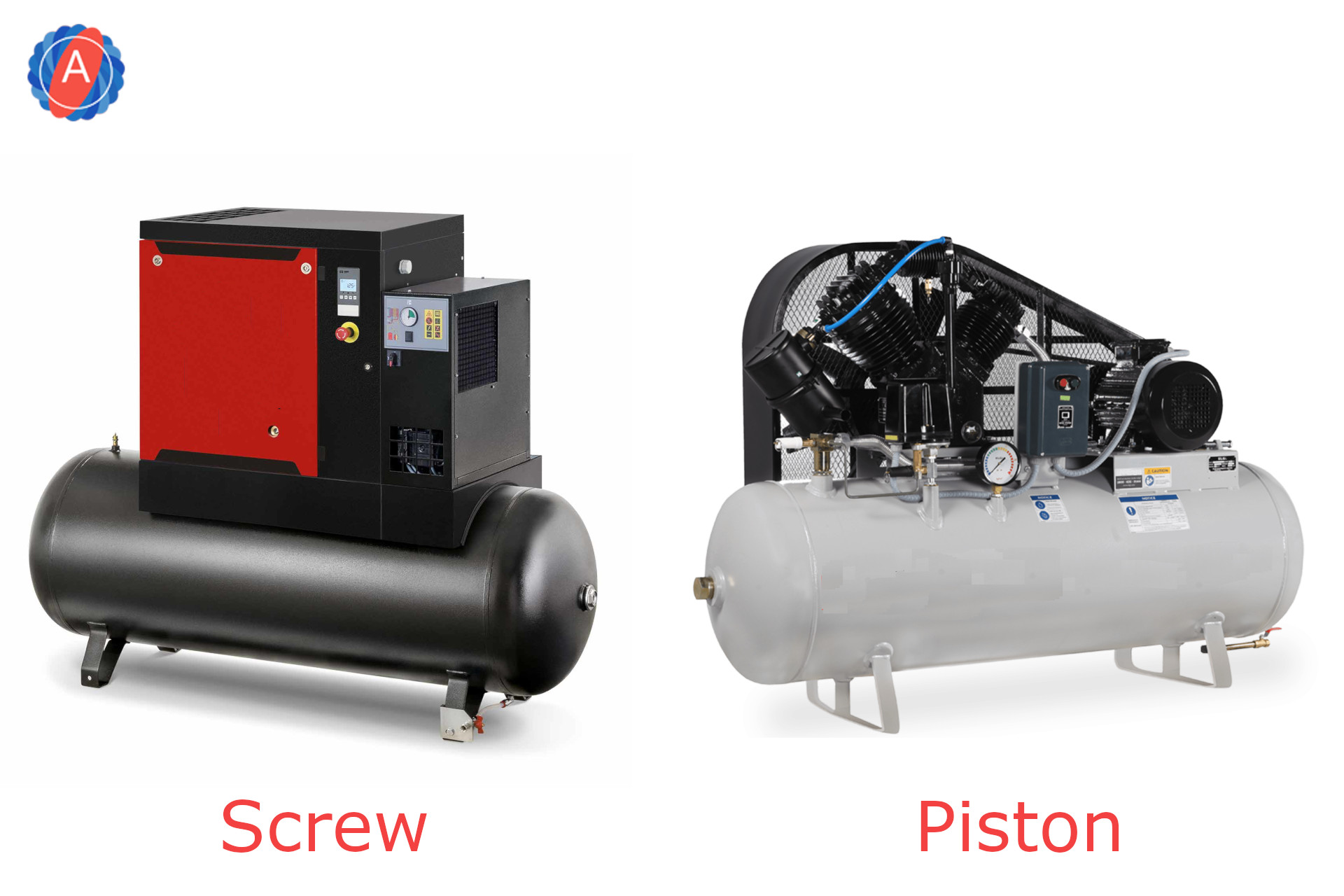Duty Cycle – the percentage of time a compressor may operate without the risk of overheating and causing excessive wear.
Noise Levels – rotary screw compressors are quieter and produce less vibration.
Oil carry-over – when oil that is used to lubricate your air compressor makes it into the air lines.
Flow – the ability of an air compressor to continuously perform a task. Usually measured in cfm.
Moisture – the hotter the air, the more moisture it holds. Approximately every 20°F increase in temperature doubles air’s ability to hold moisture.
Moisture – the hotter the air, the more moisture it holds. Approximately every 20°F increase in temperature doubles air’s ability to hold moisture.
Usage
- Piston:
- Rotary:
